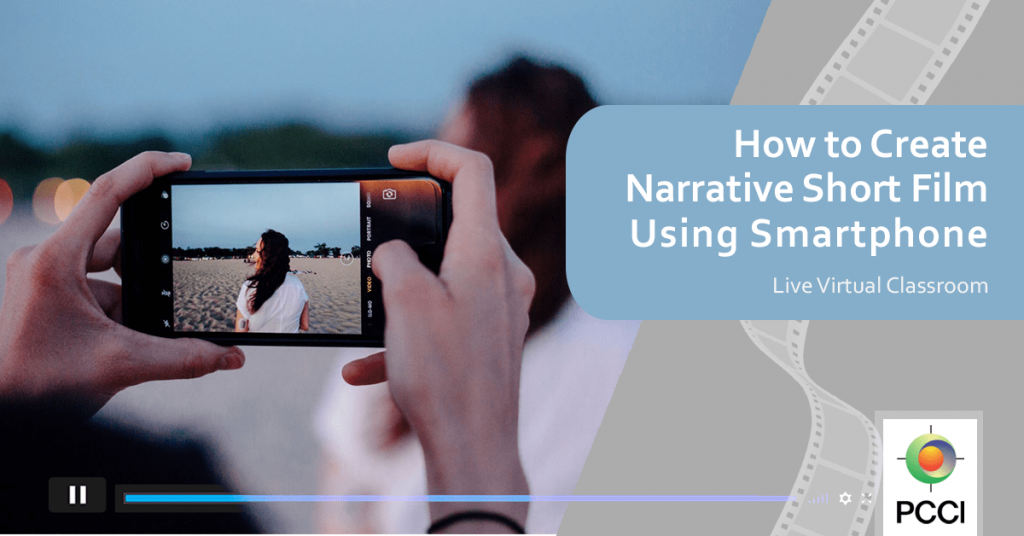Unlock the power of your phone and dive into the world of mobile filmmaking – your pocket-sized camera awaits!
Table of Contents
The Magic of Mobile Filmmaking
Mobile filmmaking is a magical world where you can create movies right from your smartphone. Imagine being the director, writer, and editor of your own film all in one device that fits right in your pocket. It’s like having a film studio in your hands!
What is Mobile Filmmaking?
Mobile filmmaking is the art of making movies using just your smartphone. With the advancements in technology, smartphones now come equipped with high-quality cameras and editing tools that make filmmaking accessible to everyone. It’s a fun and creative way to bring your stories to life without the need for expensive equipment.
From Phone to Silver Screen
Believe it or not, some movies that have made it to the big screen were actually shot using smartphones. This just shows the endless possibilities of mobile filmmaking. With dedication, creativity, and a smartphone, you can create captivating films that touch the hearts of many.
Choosing Your Gear
So you’ve decided to dive into the exciting world of mobile filmmaking! But before you start filming your masterpiece on your smartphone, it’s important to choose the right gear. Here’s a guide to help you select the best smartphone and accessories for your filmmaking journey.
The Right Smartphone
When it comes to mobile filmmaking, not all smartphones are created equal. Look for a phone with a high-quality camera that offers features like optical image stabilization and manual controls. A phone with good low-light performance is also essential for capturing clear and sharp footage in any lighting situation. Make sure to do some research and read reviews to find the best smartphone for your filmmaking needs.
Must-Have Accessories
In addition to a smartphone, there are a few accessories that can elevate your filmmaking experience. A tripod will help you stabilize your shots and ensure smooth footage. External microphones can improve the audio quality of your videos, while a portable LED light can help you light your scenes effectively. Consider investing in a gimbal for smooth and professional-looking footage. These accessories can make a big difference in the quality of your films.
Understanding the Basics of Filmmaking
So, you want to dive into the exciting world of mobile filmmaking! Before you start creating your cinematic masterpiece with just your smartphone, it’s essential to understand the basic principles of filmmaking that even beginners should know. Let’s break it down in simple terms that even an 11-year-old can grasp.

Image courtesy of pcci.edu.ph via Google Images
Storytelling with Your Phone
Every great film starts with a captivating story, and your smartphone is the perfect tool to bring that story to life. Whether it’s a short comedy, a thrilling action sequence, or a heartwarming drama, your phone has the power to capture it all. Make sure to focus on creating a strong storyline that engages your audience and evokes emotions.
Learning the Lingo
Now, let’s talk about some fancy filmmaking terms that you might hear but aren’t quite sure what they mean. Don’t worry; we’ll simplify it for you! For example, “shot” refers to a single continuous recording, “scene” is a series of shots that takes place in one location, and “cut” is when one shot switches to another. Understanding these basic terms will help you communicate effectively with your team and enhance your filmmaking skills.
Pre-production Planning
Before you start filming, you need to plan and prepare. This stage is called pre-production planning, and it’s essential for creating a successful mobile film. Let’s dive into what you need to consider during this crucial phase.
Creating Your Script
Every great film starts with a story. Think about what you want your film to be about. It could be a funny comedy, a thrilling adventure, or a heartwarming drama. Grab a pen and paper or use a writing app on your smartphone to jot down your ideas for the story. Outline the beginning, middle, and end of your film so you have a roadmap to follow when you start filming.
Scouting Locations
Once you have your script in place, it’s time to find the perfect locations to bring your story to life. Look around your neighborhood or nearby parks for interesting backgrounds that fit the mood of your film. Consider factors like lighting, noise levels, and accessibility when choosing your filming locations. Remember, the right setting can make a huge difference in how your film looks and feels.
Filming Techniques for Smartphone Directors
Mobile filmmaking opens up a world of creative possibilities for budding directors who want to make movies using just their smartphones. To make the most out of your smartphone camera, here are some key filming techniques to keep in mind.

Image courtesy of robbmontgomery.com via Google Images
Framing Your Shots
When setting up your shot, think about how you want the final image to look. Consider the rule of thirds, where you divide your frame into a 3×3 grid and place your subject at the intersection points. This simple technique can instantly make your shots more visually appealing.
Playing with Angles and Lighting
Experiment with different camera angles to capture dynamic and interesting shots. Try shooting from a low angle to make your subject appear taller and more powerful, or from a high angle to give a sense of vulnerability. Lighting is also crucial in filmmaking. Natural light can create a warm and inviting atmosphere, while harsh overhead lighting can cast unflattering shadows. Play around with different lighting setups to find the look that best suits your scene.
Editing Your Masterpiece
So, you’ve filmed your masterpiece on your smartphone, and now it’s time to turn all those clips into a polished film. Editing is where the magic really happens. Let’s dive into the world of editing and unlock the potential of your film!
Easy Editing Apps
Editing doesn’t have to be intimidating. There are plenty of user-friendly apps available that can help you edit your film right on your smartphone. Apps like iMovie, Adobe Premiere Rush, and Kinemaster are perfect for beginners and offer a wide range of editing tools. With these apps, you can trim clips, add transitions, include music, and even apply filters to enhance the look of your film.
Cutting and Arranging Scenes
Once you’ve chosen your editing app, it’s time to start cutting and arranging your scenes. Start by importing all your footage into the app. Then, go through each clip and select the best moments to include in your film. Remember, storytelling is key, so make sure each scene contributes to the overall narrative.
Arrange your scenes in a logical order that flows well and keeps the audience engaged. Don’t be afraid to experiment with different arrangements until you find the perfect sequence. You can also add transitions between scenes to smooth out the transitions and create a more polished look.
As you edit, pay attention to pacing, sound levels, and visual consistency. Make sure the audio is clear and balanced, and that the colors and lighting match from scene to scene. These small details can make a big difference in the overall quality of your film.
Sharing Your Film with the World
Choosing a Platform
Now that your mobile film is complete, it’s time to share it with the world. One of the first decisions you’ll need to make is where to showcase your masterpiece. There are various platforms available where you can upload and share your film, such as YouTube, Vimeo, Instagram, and even film festivals.
Marketing Your Mobile Film
Once your film is uploaded, the next step is to market it and attract viewers. Marketing your mobile film doesn’t have to be complicated. You can start by sharing it on your social media accounts, asking friends and family to spread the word, and engaging with online communities of filmmakers.

